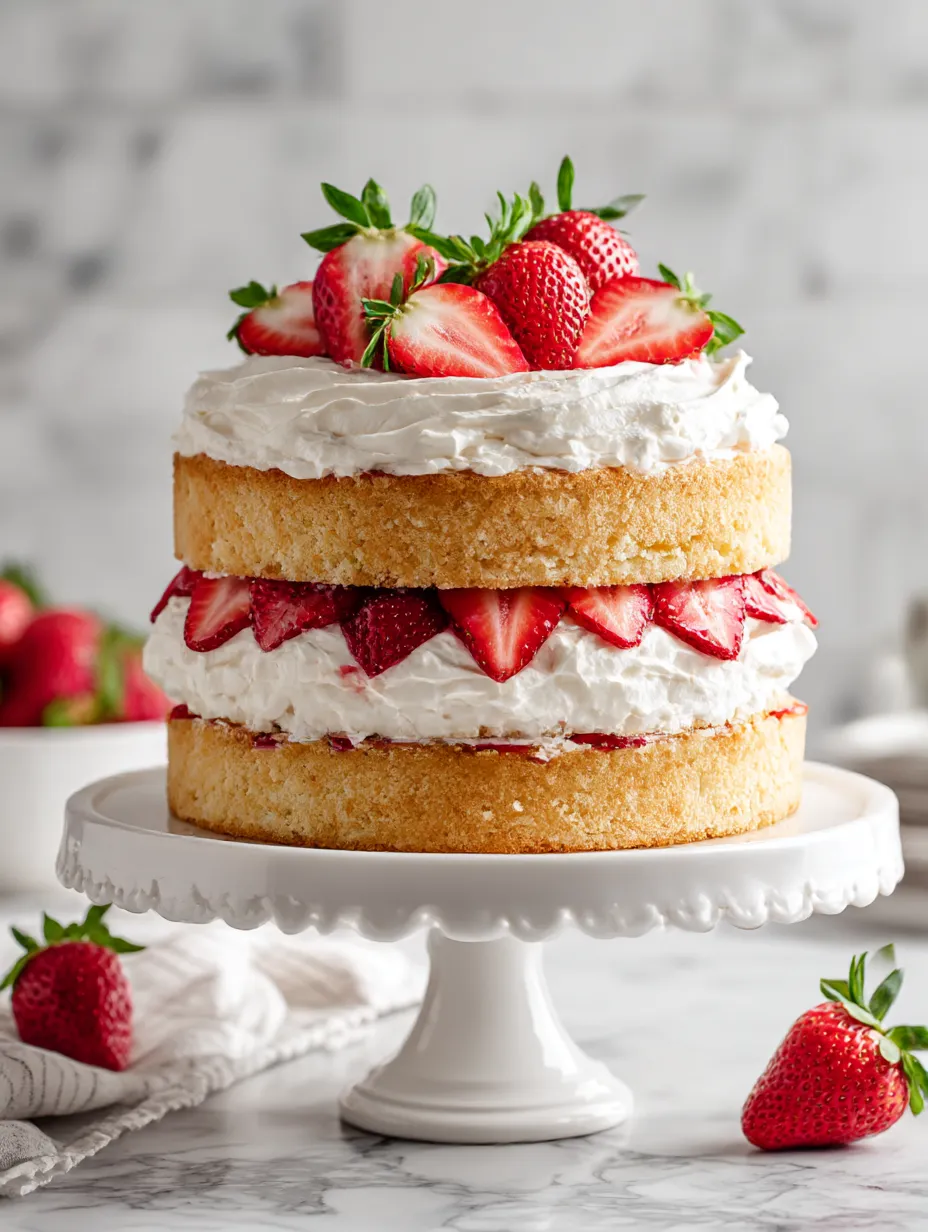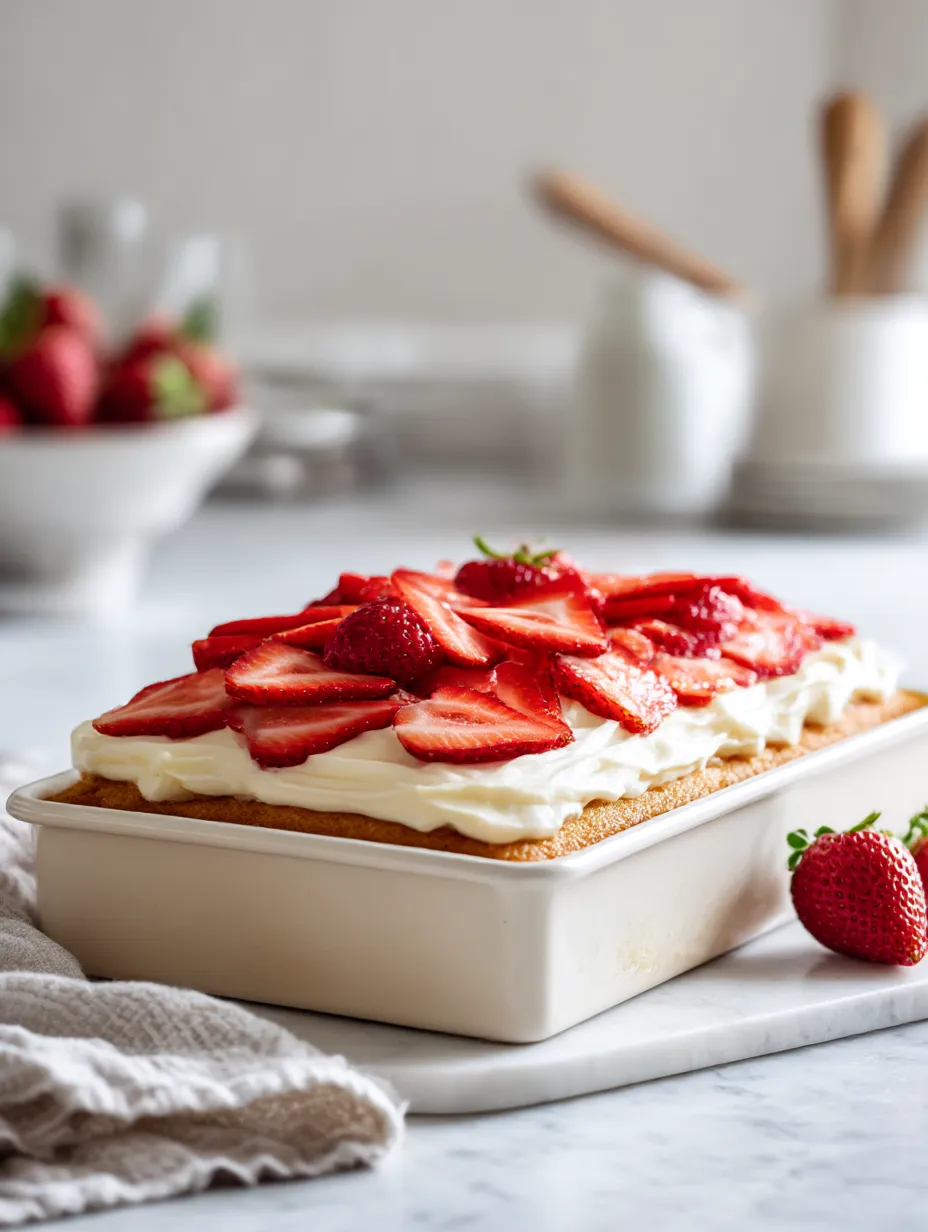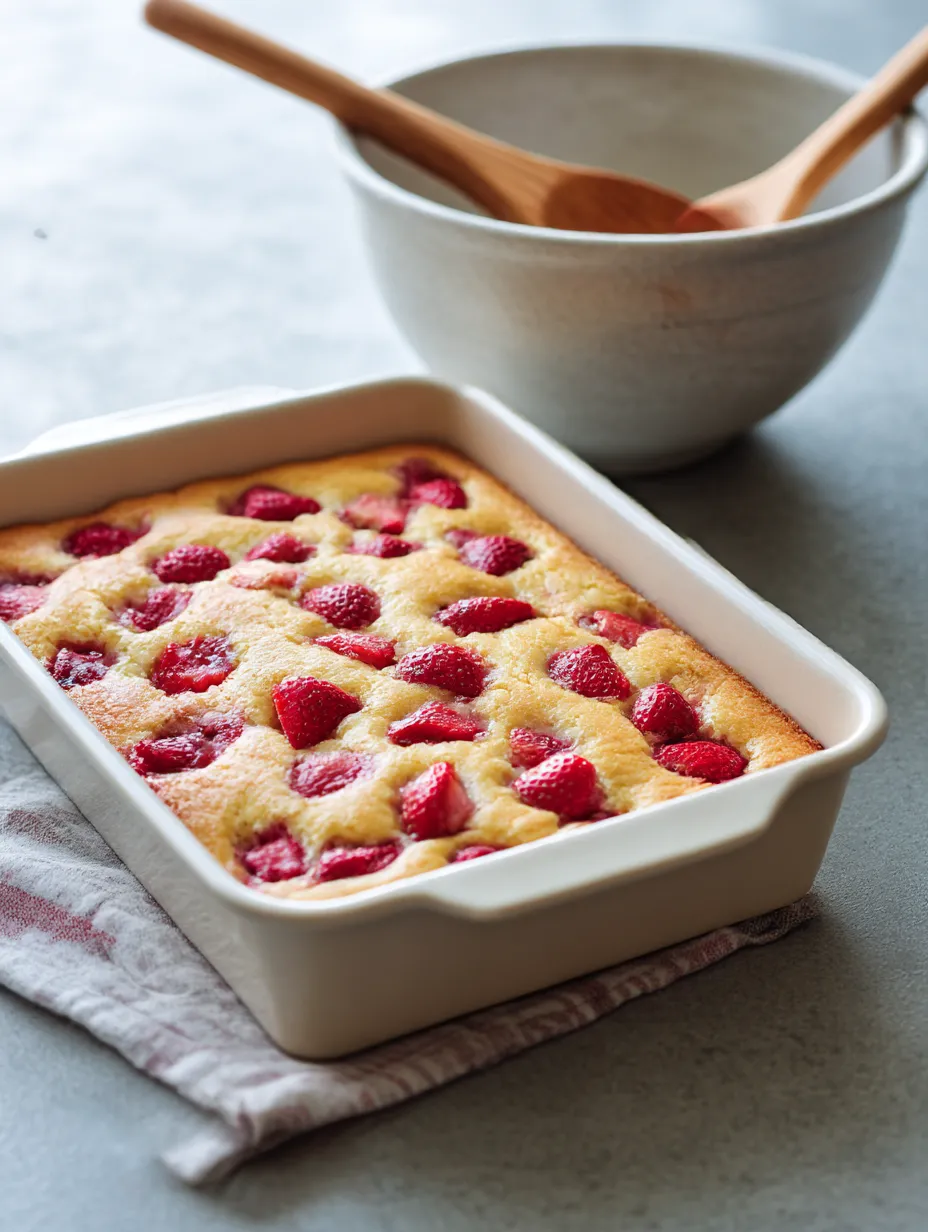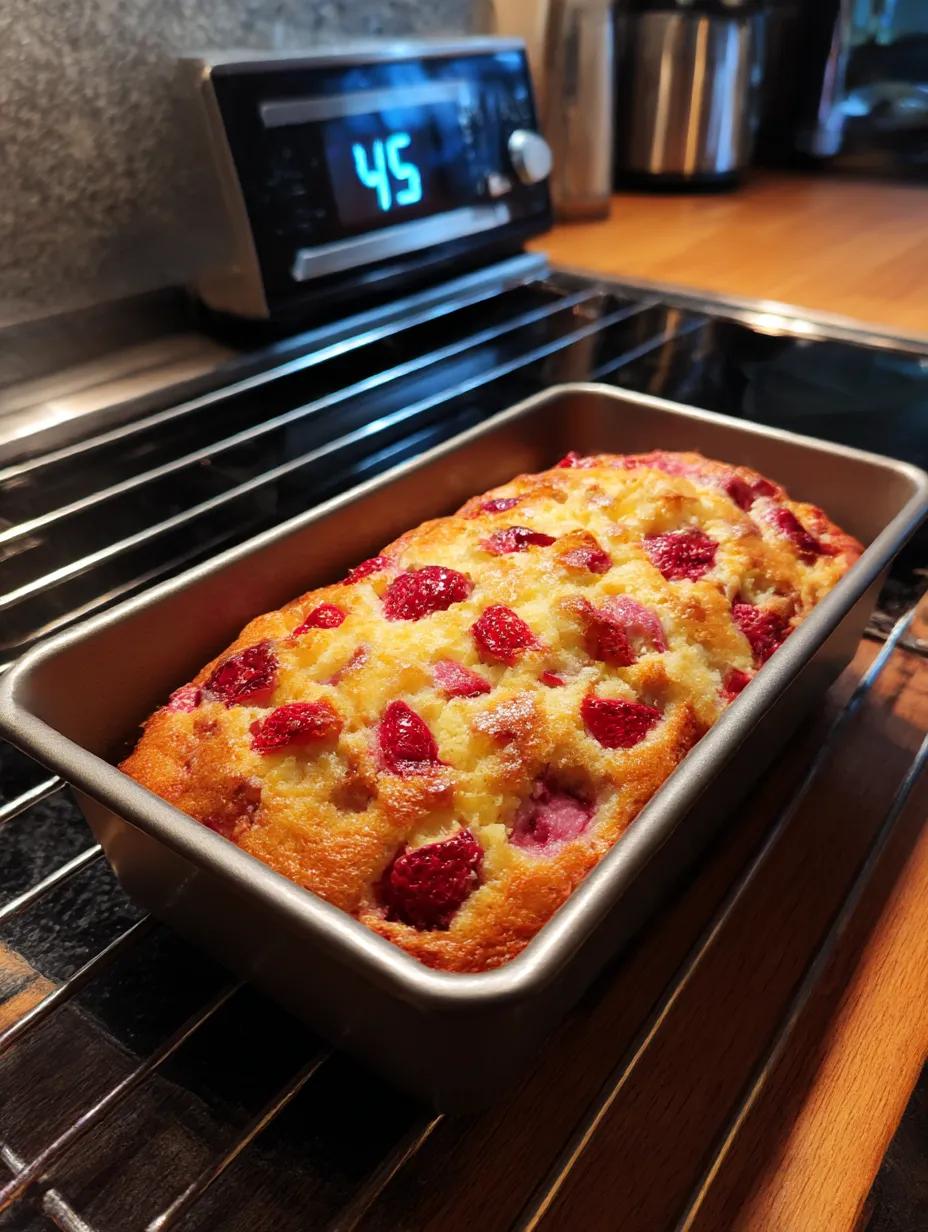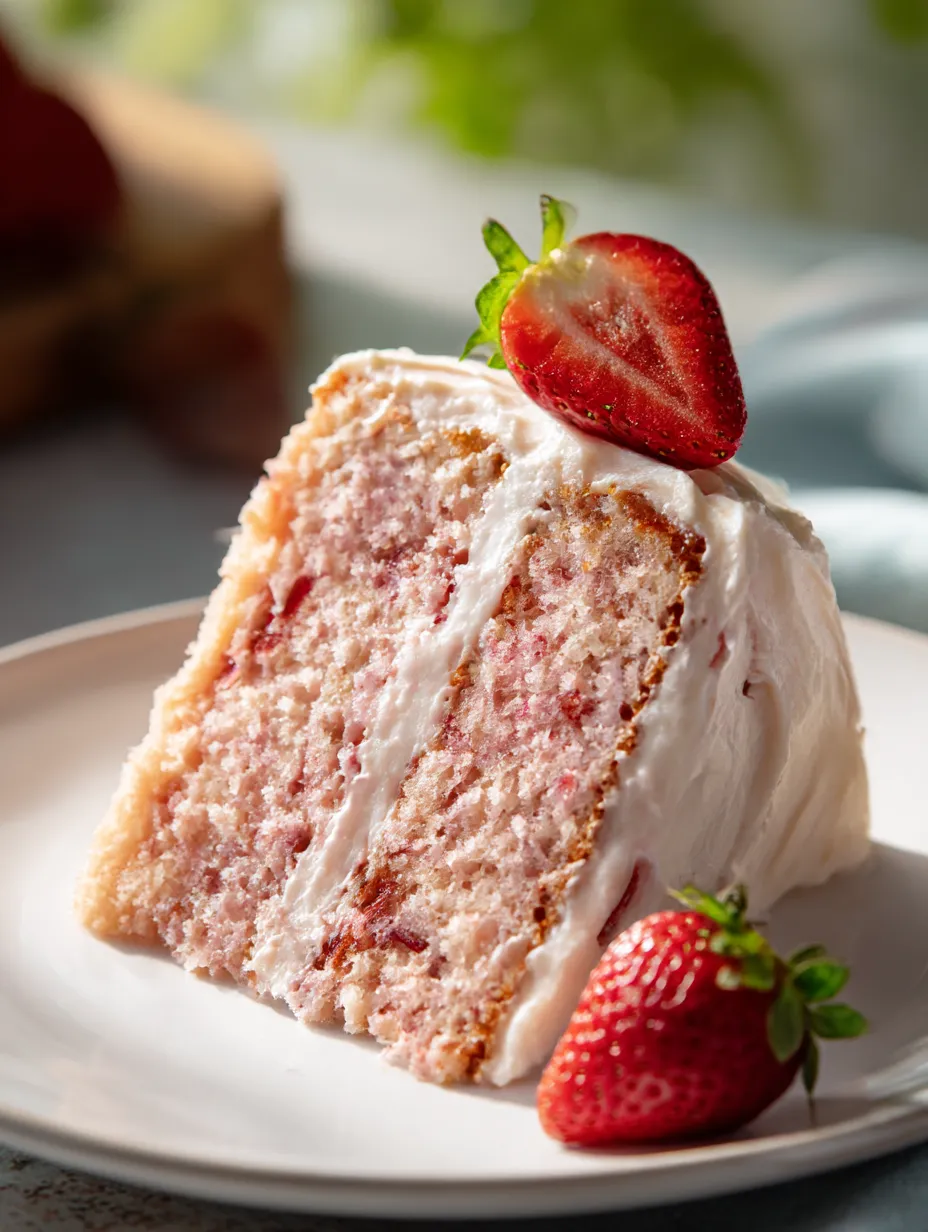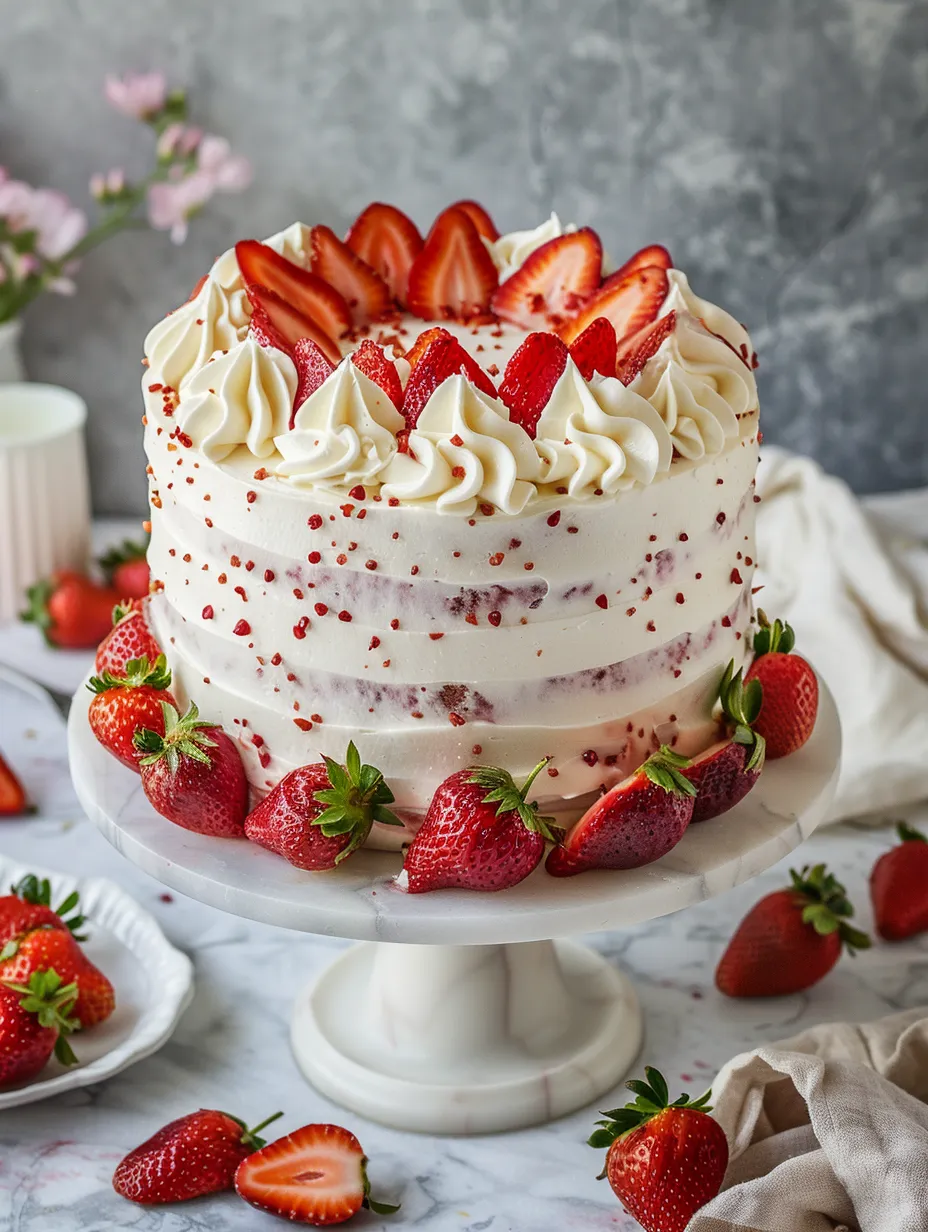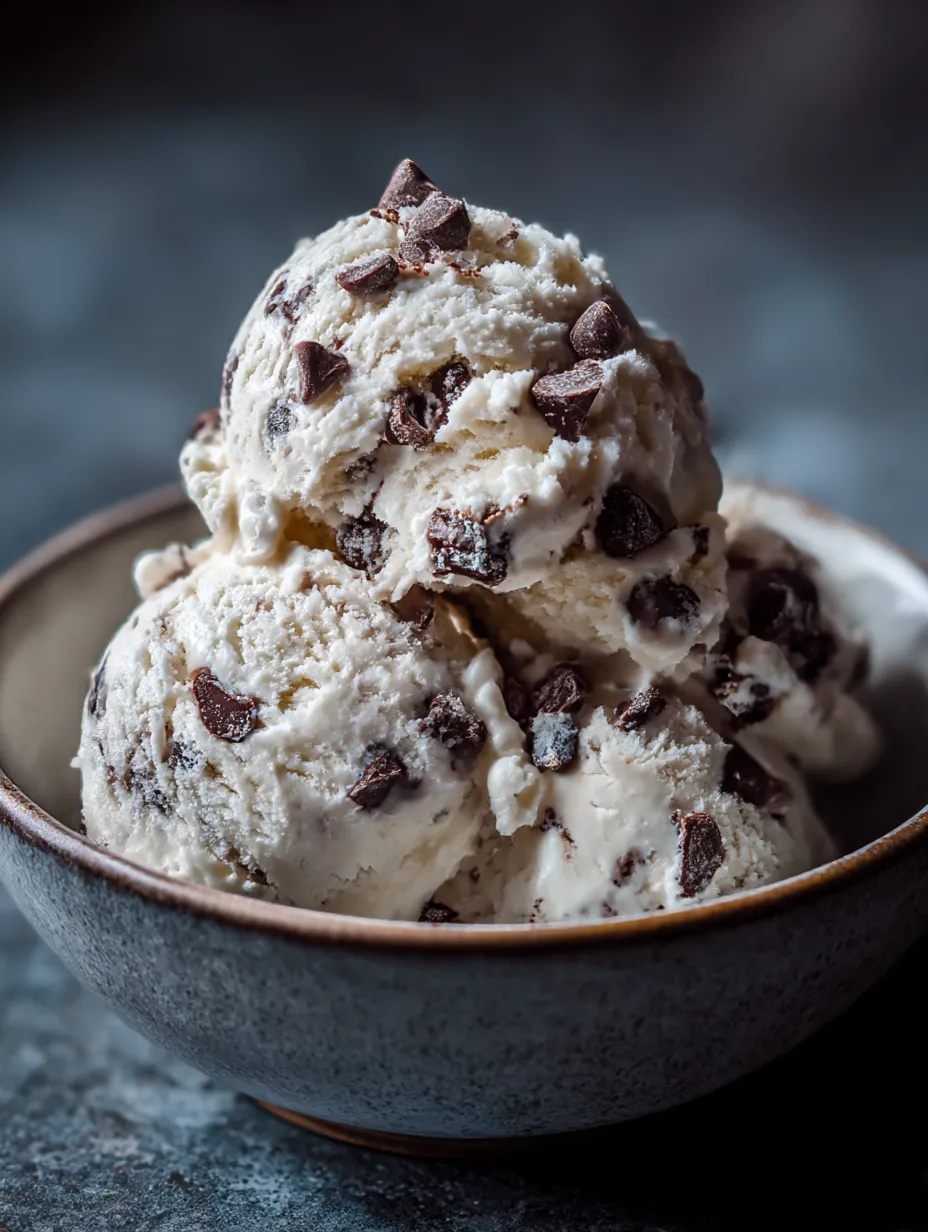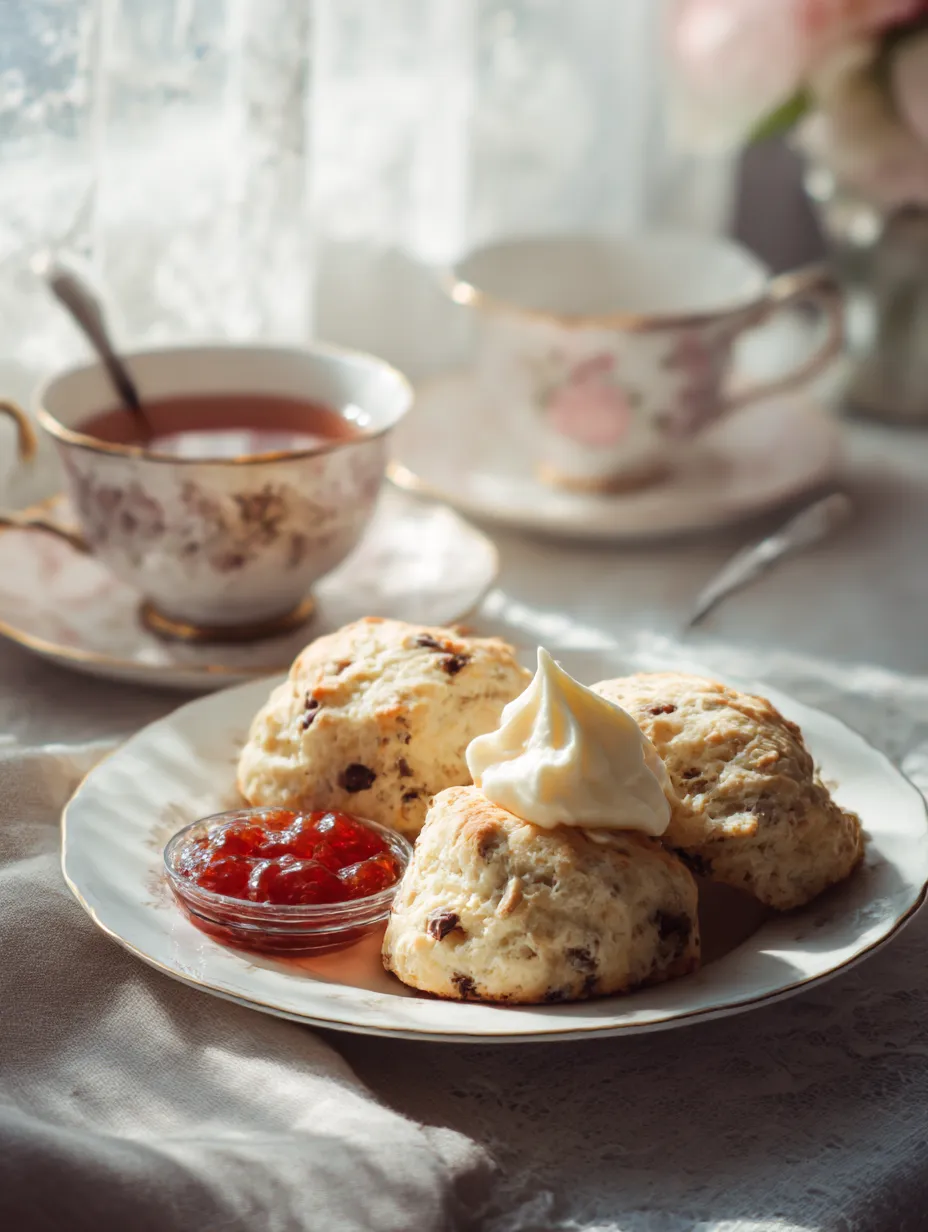Strawberry cake from scratch represents the pinnacle of home baking achievement – and I’ll never forget the moment I realized I was finally ready to attempt it. After months of perfecting easier methods, I stood in my kitchen on a rainy Sunday afternoon, surrounded by premium ingredients I’d carefully selected, determined to create something truly extraordinary. That first successful from-scratch strawberry cake didn’t just taste incredible; it marked my transformation from someone who baked occasionally to someone who truly understood the craft.
If you’re ready to elevate your strawberry cake game beyond simple methods and cake mixes, making strawberry cake from scratch offers complete control over every element – from the delicate crumb structure to the intensity of strawberry flavor. This comprehensive guide will walk you through professional techniques that create bakery-quality results in your home kitchen, along with the hard-won insights that separate good homemade cakes from truly exceptional ones.
Table of Contents
Why Make Strawberry Cake From Scratch When Easy Methods Exist?
The flavor difference is unmistakable. After years of comparing every possible strawberry cake method, I can confidently say that from-scratch versions offer complexity and depth that enhanced mixes simply cannot match. When you control every ingredient, you create layers of flavor that build and evolve with each bite.
Personal revelation: I served my first successful from-scratch strawberry cake alongside my go-to easy version at my daughter’s graduation party. The difference was so pronounced that guests kept asking which bakery made the “fancy” one. That moment convinced me that mastering from-scratch techniques was worth every extra minute of effort.
Texture control becomes your superpower. From-scratch methods let you adjust everything – how tender the crumb, how moist the cake, how sturdy the structure. This control becomes essential when you want to create multi-layer masterpieces or adapt recipes for specific occasions.
Ingredient quality shines through. Premium butter, fresh eggs, real vanilla, and peak-season strawberries create results that justify the extra investment and effort. Every superior ingredient contributes directly to the final experience.
Essential From-Scratch Ingredients That Make the Difference
Cake Flour vs. All-Purpose: The Foundation Decision
Cake flour creates superior texture for from-scratch strawberry cakes. The lower protein content produces more tender crumb, while the finer texture distributes strawberry flavor more evenly throughout.
Professional insight I learned the hard way: If you only have all-purpose flour, remove 2 tablespoons per cup and replace with cornstarch. This approximates cake flour’s properties, though true cake flour delivers better results.
Storage revelation: Cake flour absorbs moisture and odors more readily than all-purpose. Store in airtight containers and replace more frequently for consistent results.
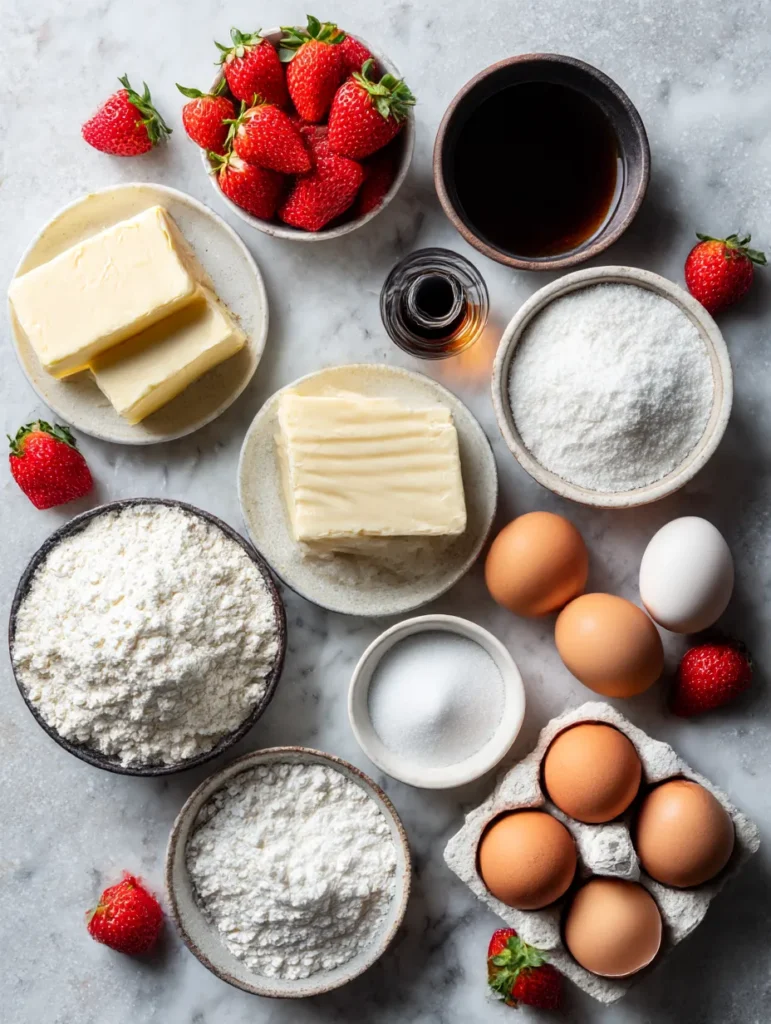
Premium Butter: The Flavor Foundation
European-style butter with higher fat content creates richer flavor and better texture. The difference becomes especially noticeable in from-scratch cakes where butter plays a starring role.
Temperature mastery: Room temperature butter should give slightly when pressed but not be soft or greasy. This perfect temperature took me months to master, but it’s crucial for proper creaming.
Creaming technique insight: Proper creaming takes 4-5 minutes and creates pale, fluffy mixture that nearly doubles in volume. Under-creamed butter creates dense cakes; over-creamed can cause collapse.
Fresh Strawberry Preparation Techniques
Multiple strawberry elements create complexity. Use fresh strawberry puree in the batter, diced fresh berries for texture, and concentrated strawberry reduction for intense flavor.
Puree preparation secret: Strain fresh strawberry puree through fine mesh to remove seeds and fiber. This creates smooth flavor distribution without texture interruption.
Moisture management: Fresh strawberries add significant moisture to batter. Compensate by reducing other liquids or adding extra flour to maintain proper consistency.
Real Vanilla Extract vs. Imitation
Pure vanilla extract amplifies strawberry flavor rather than competing with it. The complex flavor compounds in real vanilla create depth that imitation versions cannot match.
Personal discovery: Madagascar vanilla works beautifully with strawberries, while Tahitian vanilla adds floral notes that some find overwhelming. Test both to determine your preference.
Eggs: Size, Temperature, and Technique
Large eggs at perfect room temperature incorporate smoothly and create stable emulsion. Cold eggs cause butter to seize and create lumpy batter.
Professional technique: Add eggs one at a time, beating well after each addition. This gradual incorporation prevents breaking the emulsion and ensures smooth batter.
Quality consideration: Farm-fresh eggs with deep orange yolks create richer color and flavor than standard grocery store eggs.
Advanced From-Scratch Techniques for Professional Results
The Reverse Creaming Method
This professional technique creates incredibly tender texture by coating flour proteins with fat before adding liquids. The result is velvety crumb that melts on your tongue.
Step-by-step process: Mix flour, sugar, and cold butter pieces until mixture resembles coarse crumbs. Gradually add liquids, beating until smooth. This prevents gluten development while ensuring thorough mixing.
Personal breakthrough: I struggled with dense from-scratch cakes until a pastry chef taught me this method at a workshop. The difference was immediately obvious and permanently changed my approach.
Building Complex Strawberry Flavor Layers
Layer different strawberry preparations throughout the cake for multidimensional flavor. Fresh puree in batter, strawberry reduction between layers, and fresh berries for garnish create complexity impossible to achieve with single-source strawberry flavor.
Reduction technique: Simmer fresh strawberry puree with small amount of sugar until volume reduces by half. This concentrated flavor adds intensity without excess moisture.
Timing insight: Make strawberry reduction day before baking to allow flavors to develop and mixture to cool completely.
Proper Mixing Sequence for Optimal Texture
The order of ingredient addition affects final texture significantly. Start with creamed butter and sugar, add eggs gradually, then alternate dry ingredients and liquids beginning and ending with flour mixture.
Scientific principle: This alternating method prevents gluten overdevelopment while ensuring thorough incorporation. Each flour addition should be mixed just until combined.
Visual cue mastery: Stop mixing when you can barely see flour streaks. Overmixing at this stage creates tough, dense results that proper technique cannot fix.
Temperature Control Throughout the Process
Every temperature matters in from-scratch baking. Room temperature ingredients combine smoothly, while proper oven temperature ensures even baking and optimal rise.
Ingredient temperature timing: Remove butter and eggs 2-3 hours before baking. This planning prevents rushed warming that can affect texture.
Oven calibration reality: Most home ovens run 15-25 degrees off. Invest in oven thermometer and adjust accordingly for consistent results.
What Makes From-Scratch Strawberry Cake Different From Easy Methods?
Ingredient control creates superior flavor. Every component serves a specific purpose and contributes to the final result. No fillers, artificial flavors, or shortcuts that compromise taste.
Texture complexity develops through proper technique. From-scratch methods create more interesting mouthfeel – tender yet structured, moist yet not dense.
Customization becomes possible. Adjust sweetness, flavor intensity, texture, and moisture level to match your exact preferences or specific occasion requirements.
Personal satisfaction multiplies. Successfully creating something complex and beautiful from basic ingredients provides accomplishment that easy methods cannot match.
Step-by-Step From-Scratch Method
Step 1: Prepare Strawberry Elements
Create strawberry puree by blending 1 cup fresh berries until smooth. Strain through fine mesh to remove seeds and achieve silky consistency.
Dice remaining fresh strawberries into small, uniform pieces. Toss lightly with flour to prevent sinking during baking.
Optional strawberry reduction: Simmer 1/2 cup puree with 2 tablespoons sugar until thickened. Cool completely before using.
Step 2: Cream Butter and Sugar to Perfection
Beat room temperature butter until light and fluffy (2-3 minutes). Gradually add sugar and beat 4-5 minutes until pale and doubled in volume.
Visual goal: Mixture should be noticeably lighter in color and fluffy in texture. Proper creaming creates foundation for tender cake.
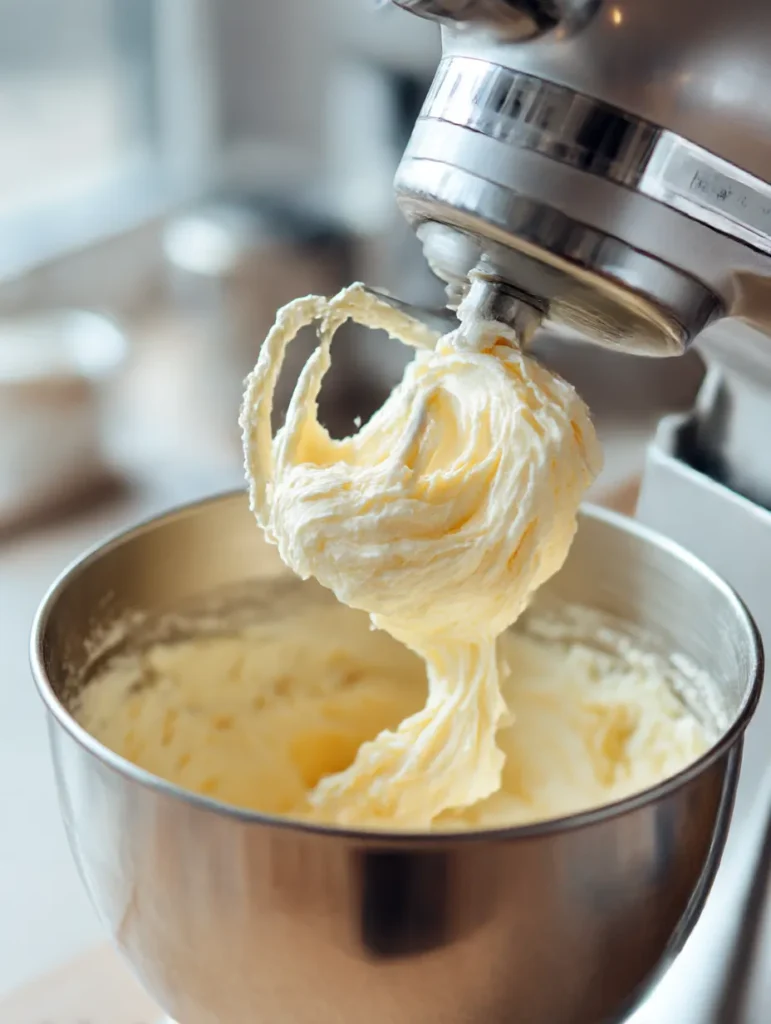
Common mistake prevention: Don’t rush this step. Inadequate creaming creates dense results that proper baking cannot fix.
Step 3: Incorporate Eggs and Vanilla
Add eggs one at a time, beating well after each addition. Scrape bowl sides regularly to ensure even mixing.
Add vanilla extract and strawberry puree gradually while mixing on low speed. High speed can break the emulsion at this stage.
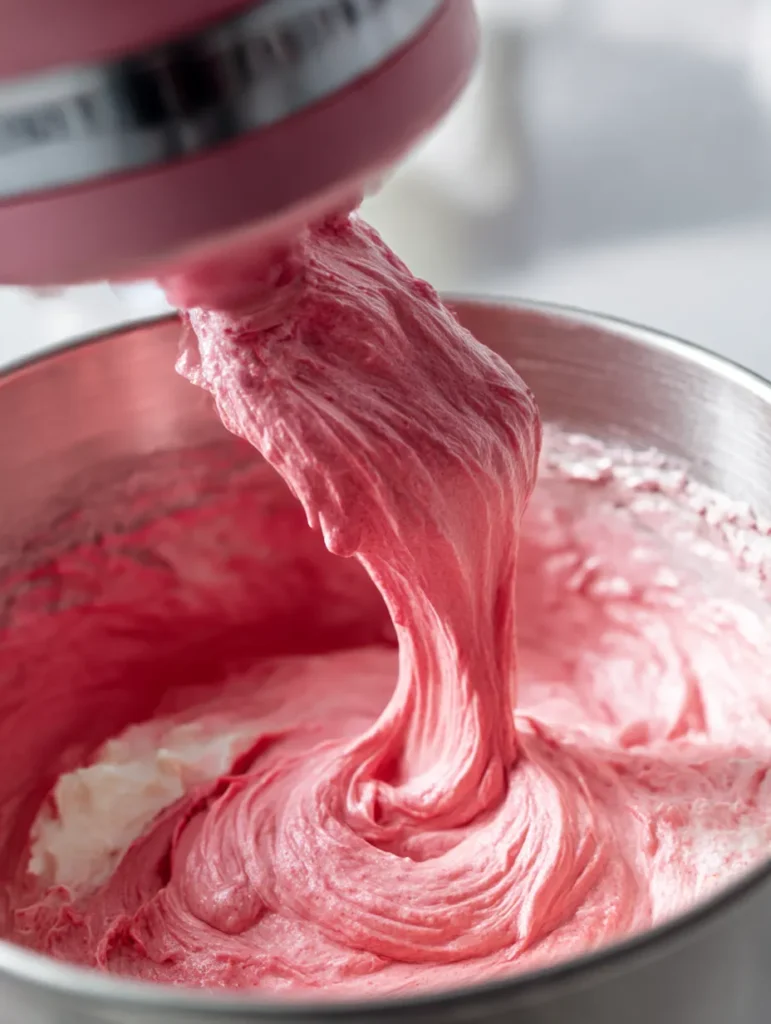
Texture checkpoint: Mixture may look slightly curdled after adding puree. This is normal and will smooth out when flour is added.
Step 4: Alternate Dry and Wet Ingredients
Mix flour, baking powder, and salt in separate bowl. Combine milk and any remaining liquids in another bowl.
Add flour mixture in three additions, alternating with milk mixture in two additions. Begin and end with flour mixture.
Mixing discipline: Mix each addition just until barely combined. Overmixing develops gluten and creates tough texture.
Step 5: Fold in Fresh Strawberry Pieces
Gently fold flour-coated strawberry pieces into finished batter using large spoon or spatula. Distribute evenly without overmixing.
Technique tip: Use folding motion rather than stirring to maintain batter structure and prevent berry damage.
Step 6: Bake with Precision
Divide batter between prepared pans and level surfaces gently. Tap pans lightly to release air bubbles.
Bake in preheated 350°F oven for time specified in recipe, rotating pans halfway through for even browning.
Doneness testing: Cake should spring back when lightly touched and pull slightly from pan sides. Toothpick should emerge with few moist crumbs.
How Do I Know When My From-Scratch Cake Is Perfectly Done?
Look for multiple indicators simultaneously: edges pulling from pan sides, center springing back when touched, and light golden color on surface.
The toothpick test refined: Insert in center and slightly off-center. Completely clean indicates overbaking; wet batter means more time needed; moist crumbs signal perfection.
Internal temperature precision: Fully baked cake reaches 200-205°F internally. Digital thermometer provides most accurate reading for consistent results.
Personal calibration experience: I learned to recognize the subtle aroma change that indicates doneness – a sweet, baked smell that develops in final minutes of baking.
Why Is My From-Scratch Strawberry Cake Dense or Dry?
Overmixing ranks as the most common mistake. Once flour is added, mix minimally to prevent tough gluten development that creates dense, chewy texture.
Improper measuring affects texture dramatically. Too much flour creates density; too little causes collapse. Weigh ingredients when possible for consistency.
Overbaking removes moisture and creates dry results. Start checking doneness 5 minutes before suggested time and remove when just done.
Old leavening agents lose effectiveness over time. Replace baking powder every 6-12 months for reliable rise and proper texture.
Temperature issues compound problems. Cold ingredients don’t cream properly; overheated ovens set exterior before interior cooks through.
Advanced Troubleshooting for From-Scratch Success
Curdled Batter Recovery
If mixture curdles when adding eggs or puree, continue mixing while gradually adding small amount of flour. This stabilizes emulsion and prevents separation.
Prevention strategy: Ensure all ingredients reach room temperature before beginning. Temperature disparities cause most curdling issues.
Achieving Even Strawberry Distribution
Coat fruit pieces in flour before folding into batter. This prevents sinking and creates even distribution throughout cake.
Size consistency matters. Uniform pieces distribute more evenly and create better texture contrast than varied sizes.
Managing Strawberry Moisture Content
Drain fresh strawberries briefly on paper towels before use. Excess surface moisture can create soggy spots in finished cake.
Adjust liquid ratios when using very juicy berries. Reduce milk or other liquids slightly to compensate for fruit moisture.
Professional Finishing Techniques
Layer Assembly for Maximum Impact
Cool layers completely before attempting assembly. Warm cake layers compress and break when handled.
Use strawberry reduction or jam between layers for flavor reinforcement. Spread thin layer to edges for complete coverage.
Chill assembled cake for 30 minutes before final frosting. This sets layers and prevents sliding during decoration.
Frosting Application Mastery
Apply thin crumb coat first to seal surface and trap loose crumbs. Chill until firm before applying final frosting layer.
Room temperature frosting spreads most easily while maintaining structure. Too cold becomes stiff; too warm becomes runny.
Smooth finish technique: Use offset spatula to spread frosting, then smooth with bench scraper for professional appearance.
Fresh Berry Garnish Timing
Add fresh berry garnishes immediately before serving to prevent juice bleeding and maintain visual appeal.
Brush berries lightly with corn syrup for glossy, professional appearance that photographs beautifully.
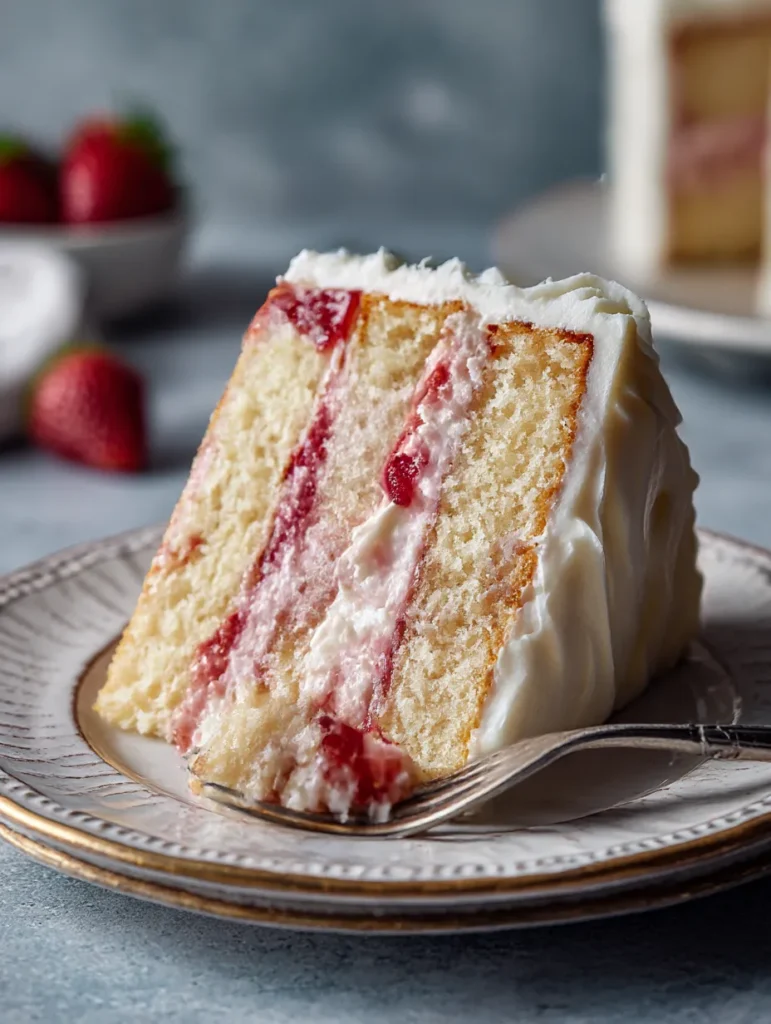
Storing and Serving From-Scratch Strawberry Cake
Optimal Storage Methods
Store unfrosted layers wrapped in plastic wrap at room temperature for up to 3 days or frozen for up to 3 months.
Frosted cakes require refrigeration due to dairy-based frostings. Cover loosely with plastic wrap to prevent drying.
Bring refrigerated cake to room temperature 30-60 minutes before serving for optimal flavor and texture.
Make-Ahead Strategies
Bake layers 1-2 days ahead for easier assembly and better flavor development. Properly stored layers actually improve with time.
Prepare strawberry elements in advance. Purees and reductions keep refrigerated for up to 1 week.
Final assembly day of serving ensures freshest appearance and prevents berry bleeding or frosting deterioration.
When to Choose From-Scratch vs. Easier Methods
Choose from-scratch when:
- You want maximum flavor control and complexity
- The occasion demands impressive, artisanal presentation
- You enjoy the meditative process of careful baking
- You have time to focus on technique and precision
- Premium ingredients are available and budget allows
Consider easier methods when:
- Time constraints require faster preparation
- You’re building confidence with simpler techniques first
- Casual occasions don’t require elaborate presentation
- Kitchen equipment or ingredient access is limited
Personal philosophy: From-scratch baking represents the pinnacle of the craft, but every skill level has value. Master easier techniques first, then progress to complex methods when ready.
For foundational techniques and simpler approaches, explore my complete guide to strawberry cake recipes which covers methods for every skill level and occasion.
My From-Scratch Journey: Lessons Learned
Patience produces better results than speed. Rushing any step – from ingredient preparation to cooling time – compromises final quality.
Quality ingredients justify the extra effort. From-scratch methods showcase premium components in ways that simpler techniques cannot match.
Technique mastery takes practice. Don’t expect perfection immediately. Each attempt teaches valuable lessons that improve future results.
The satisfaction multiplies with complexity. Successfully creating something beautiful and delicious from basic ingredients provides deep fulfillment.
Personal growth milestone: My first perfect from-scratch strawberry cake marked a turning point in my baking confidence. The skills learned translated to countless other recipes and techniques.
Advanced Variations Worth Mastering
Strawberry Vanilla Bean Elegance
Scrape seeds from vanilla bean pod into batter for intense vanilla flavor and beautiful speckled appearance. The visual and flavor impact justifies the premium ingredient cost.
Strawberry Lemon Sophistication
Add fresh lemon zest and juice to complement strawberry’s natural acidity. This combination creates bright, complex flavor perfect for spring celebrations.
Strawberry Basil Modern Twist
Infuse milk with fresh basil leaves before using in batter. Strain out leaves but retain subtle herbal notes that surprise and delight.
Personal discovery: This unusual combination happened during an experimental phase and became my signature variation for dinner parties.
Ready to Master Strawberry Cake From Scratch?
Creating strawberry cake from scratch represents a meaningful step in your baking journey. The techniques you’ll master extend far beyond this single recipe, providing foundation skills for countless other from-scratch creations.
Start with quality ingredients, focus on proper technique, and embrace the learning process. Each attempt builds skill and confidence, moving you closer to consistently exceptional results.
Remember that from-scratch baking rewards patience and attention to detail. Don’t rush the process – enjoy the meditative aspects of careful measurement, proper mixing, and precise timing.
If you’re transitioning from easy strawberry cake methods, you already understand strawberry cake fundamentals. Now you’re ready to refine those skills and create something truly special.
For comprehensive coverage of all strawberry cake techniques and when to use each method, reference my ultimate strawberry cake recipe guide for complete mastery of this beloved dessert.
Your from-scratch adventure begins with that first careful measurement. What special occasion will showcase your homemade masterpiece?
Print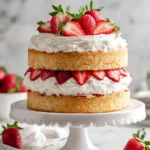
Strawberry Cake From Scratch
- Total Time: 3 hours 5 minutes
Description
Strawberry cake from scratch represents the pinnacle of home baking achievement – and I’ll never forget the moment I realized I was finally ready to attempt it. After months of perfecting easier methods, I stood in my kitchen on a rainy Sunday afternoon, surrounded by premium ingredients I’d carefully selected, determined to create something truly extraordinary. That first successful from-scratch strawberry cake didn’t just taste incredible; it marked my transformation from someone who baked occasionally to someone who truly understood the craft.
Ingredients
- 2¼ cups cake flour, sifted
- 1¾ cups granulated sugar
- ½ cup unsalted European butter, room temperature
- 4 large eggs, room temperature
- 1 tablespoon pure vanilla extract
- 2½ teaspoons baking powder
- ½ teaspoon salt
- 1 cup whole milk, room temperature
Instructions
- Preheat oven to 350°F (175°C). Grease and flour two 9-inch round pans or one 9×13-inch pan.
- Prepare strawberry puree by blending fresh berries until smooth, then strain through fine mesh to remove seeds.
- In a large bowl, cream room temperature butter until light and fluffy (3-4 minutes).
- Gradually add sugar and beat for 4-5 minutes until pale and doubled in volume.
- Add eggs one at a time, beating well after each addition. Mix in vanilla extract and strawberry puree.
- In separate bowl, whisk together cake flour, baking powder, and salt.
- Alternate adding dry ingredients and milk to butter mixture, beginning and ending with flour mixture. Mix just until combined.
- Toss diced strawberries with 1 tablespoon flour, then gently fold into batter.
- Divide batter between prepared pans and bake 25-30 minutes, until center springs back when touched.
- Cool in pans 10 minutes, then turn out onto wire racks to cool completely before frosting.
Notes
Store unfrosted layers wrapped in plastic wrap at room temperature for up to 3 days or frozen for up to 3 months. Frosted cakes require refrigeration due to dairy-based frostings. Cover loosely with plastic wrap to prevent drying.
- Prep Time: 5 min
- Cook Time: 3 hour

